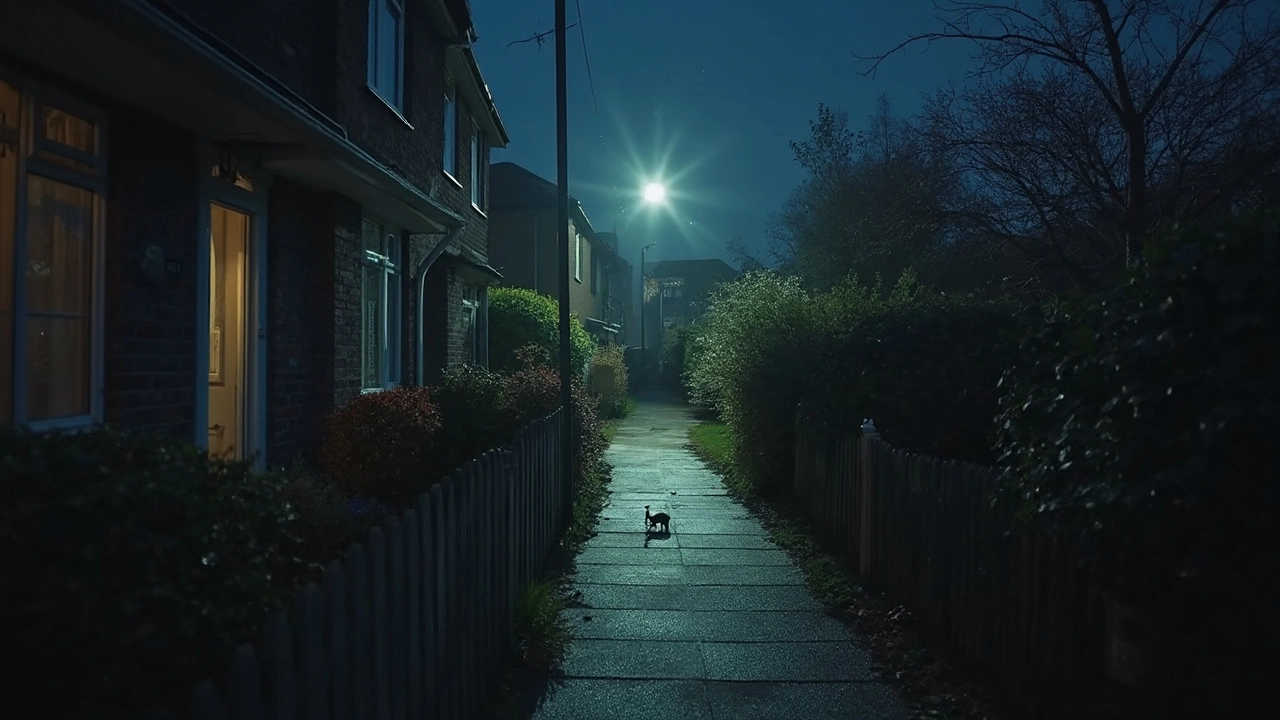When the sun goes down, a good security camera should still see what's happening. That’s where night vision comes in. It lets a camera capture clear images in total darkness, so you never miss a thing.
Most night‑vision cameras use infrared (IR) LEDs. These tiny lights emit a glow that humans can’t see, but the camera sensor can. The sensor turns the invisible IR light into a visible picture, usually in black and white. The result is a clear view of your driveway, garden, or front door even on a moonless night.
If a camera has more IR LEDs, it can see farther. A typical 12‑meter range is fine for most homes, while a 30‑meter range works for larger properties. Keep an eye on the IR range listed in the specs – it tells you how far the camera can see after dark.
First, decide where you’ll mount the camera. Outdoor cameras need weather‑proof housing and a strong IR range. Indoor cameras can get away with a shorter range because the lights are already on.
Resolution matters, too. A 1080p camera gives you enough detail to read a license plate in the dark, while 720p might look blurry if you zoom in. Don’t forget about lens size – a wider lens covers more area but can distort the edges.Power source is another factor. Wired cameras pull power from the house and usually offer the best reliability. Battery‑powered cameras are easy to install, but you’ll need to replace or recharge them regularly.
Finally, think about storage. Many night‑vision cameras store footage in the cloud, but you can also use a local SD card. Cloud storage keeps videos safe if the camera is stolen, while SD cards avoid monthly fees.
Now that you know the basics, here are three quick tips to get the most out of your night‑vision camera:
Putting these steps into practice will give you a reliable night‑vision system without spending more than you have to. Whether you choose a budget model or a high‑end 4K unit, the key is to match the camera’s capabilities with your property’s size and lighting conditions.
Remember, a good night‑vision camera is only part of a solid security plan. Pair it with proper lighting, sturdy locks, and a monitoring service if you want round‑the‑clock peace of mind.
Got a question about a specific model or need help picking the right one for your home? Drop a comment or reach out – we’re happy to help you get the best night‑vision coverage possible.

If your security camera leaves you staring at blurry blobs and shadows at night, it’s not just you—it's a common struggle. This article breaks down what actually helps night vision cameras see better after dark and clears up some myths. You'll learn how light tricks, smart settings, and some surprising add-ons can sharpen your nighttime footage. Whether you’re tired of guessing if that’s a raccoon or just your neighbor's cat, you’ll find practical fixes right here. Skip the guesswork and get more out of your camera when the sun disappears.